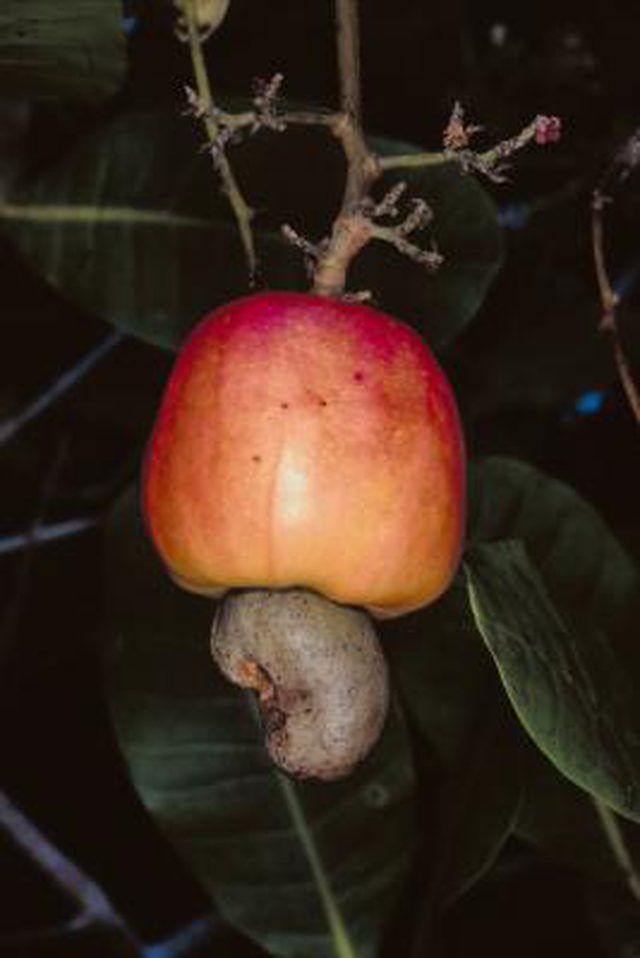Bulbs
Flower Basics
Flower Beds & Specialty Gardens
Flower Garden
Garden Furniture
Garden Gnomes
Garden Seeds
Garden Sheds
Garden Statues
Garden Tools & Supplies
Gardening Basics
Green & Organic
Groundcovers & Vines
Growing Annuals
Growing Basil
Growing Beans
Growing Berries
Growing Blueberries
Growing Cactus
Growing Corn
Growing Cotton
Growing Edibles
Growing Flowers
Growing Garlic
Growing Grapes
Growing Grass
Growing Herbs
Growing Jasmine
Growing Mint
Growing Mushrooms
Orchids
Growing Peanuts
Growing Perennials
Growing Plants
Growing Rosemary
Growing Roses
Growing Strawberries
Growing Sunflowers
Growing Thyme
Growing Tomatoes
Growing Tulips
Growing Vegetables
Herb Basics
Herb Garden
Indoor Growing
Landscaping Basics
Landscaping Patios
Landscaping Plants
Landscaping Shrubs
Landscaping Trees
Landscaping Walks & Pathways
Lawn Basics
Lawn Maintenance
Lawn Mowers
Lawn Ornaments
Lawn Planting
Lawn Tools
Outdoor Growing
Overall Landscape Planning
Pests, Weeds & Problems
Plant Basics
Rock Garden
Rose Garden
Shrubs
Soil
Specialty Gardens
Trees
Vegetable Garden
Yard Maintenance
How to Grow Cashews Indoors
How to Grow Cashews Indoors. The cashew tree originally hails from Brazil and was traded throughout India, Mozambique and Portugal in the 16th century. Its tropical beginnings cause the tree to damage easily in temperatures less than 50 degrees Fahrenheit. You can grow a cashew tree indoors with the proper care and pruning. The trees produce a nut...

The cashew tree originally hails from Brazil and was traded throughout India, Mozambique and Portugal in the 16th century. Its tropical beginnings cause the tree to damage easily in temperatures less than 50 degrees Fahrenheit. You can grow a cashew tree indoors with the proper care and pruning. The trees produce a nut along with a cashew apple. The apple can be used in wines, dried fruit mixes and syrups. Cashews should not be hulled or shelled by home growers. Much like its distant relative, poison sumac, the cashew nut shell has oils that can blister and irritate the skin. Home growers should send the nuts off to be processed or just use the cashew apples from the tree.
Things You'll Need
Young cashew tree
Large flower pot
Potting soil
Trowel
Nitrogen fertilizer
Pruning shears
Purchase a large flower pot. You will need a 10- or 20-gallon pot. Find one that fits on a rolling tray so you can move the tree inside your home.
Fill the pot 75 percent full with potting soil. Use a coarse soil that is mixed with sand. Create a hole in the middle of the soil with your hand or with a trowel.
Remove the tree from the burlap. Break up the root ball with a trowel. You want to loosen the ends of the roots so they can stretch out in the new pot.
Place the tree in the pot with the roots resting in the hollowed-out space you made in Step 2. Fill the rest of the pot with soil. Water the plant.
Place the tree in a location indoors that receives full sunlight. The tree will need lots of light in order to survive. In the summer, keep the plant clear of cool air-conditioning vents.
Keep the plant moist for the first two weeks. Water the plant a minimum of once a week after the first two weeks.
Fertilize the tree with a nitrogen fertilizer in the spring and the fall after the tree is older than one year. Apply the fertilizer per the directions on the packaging.
Prune your tree to keep it a manageable height and width. Trim the tree during the dormant stage. Trimming yearly will help mold the shape and size of the tree.
Tips & Warnings
Always wear gloves and goggles when working with a cashew tree. The trunk of the tree can produce oils that are poisonous.
Do not let pets or children touch the tree.